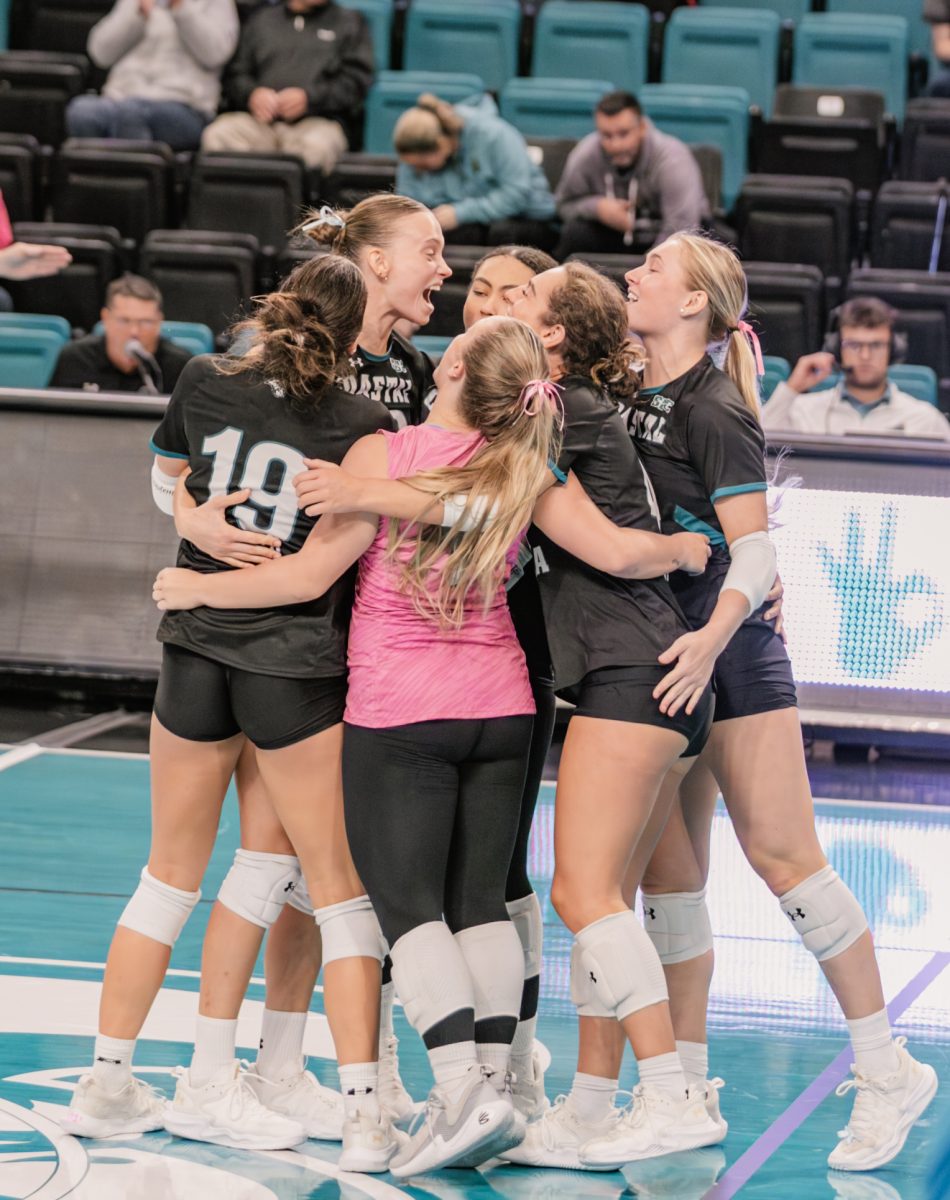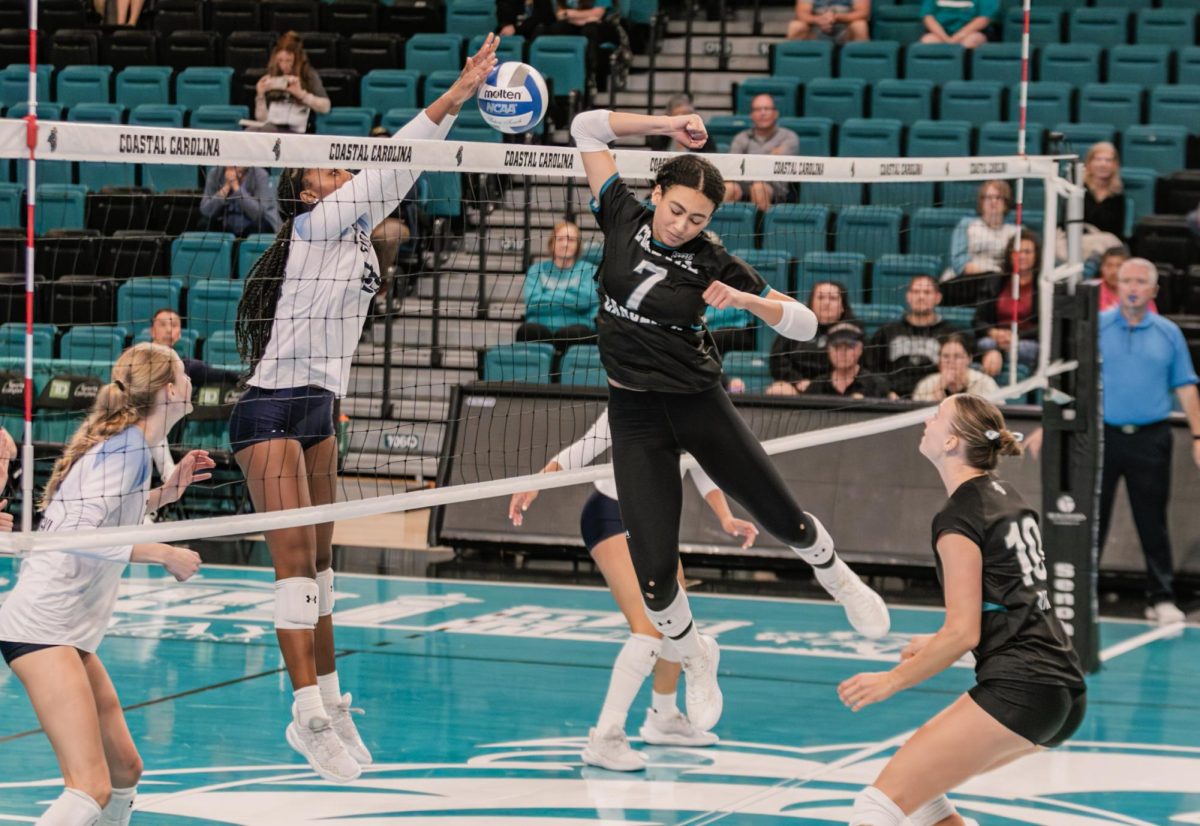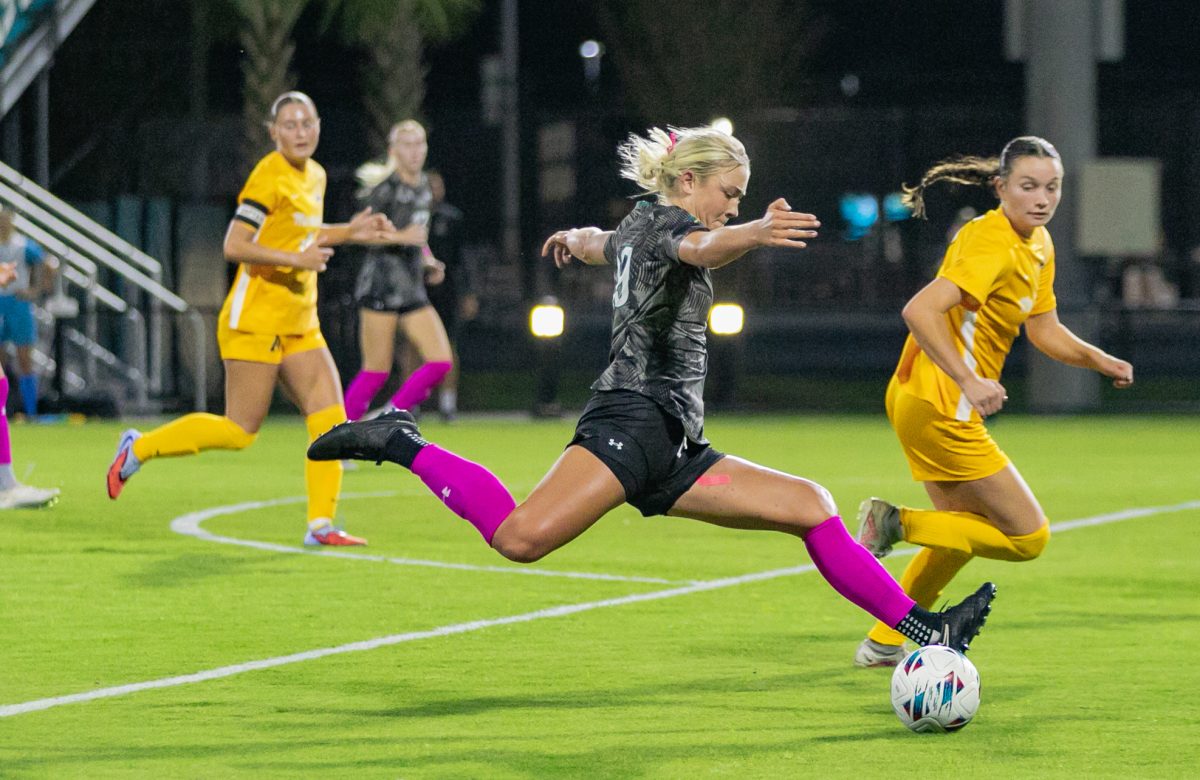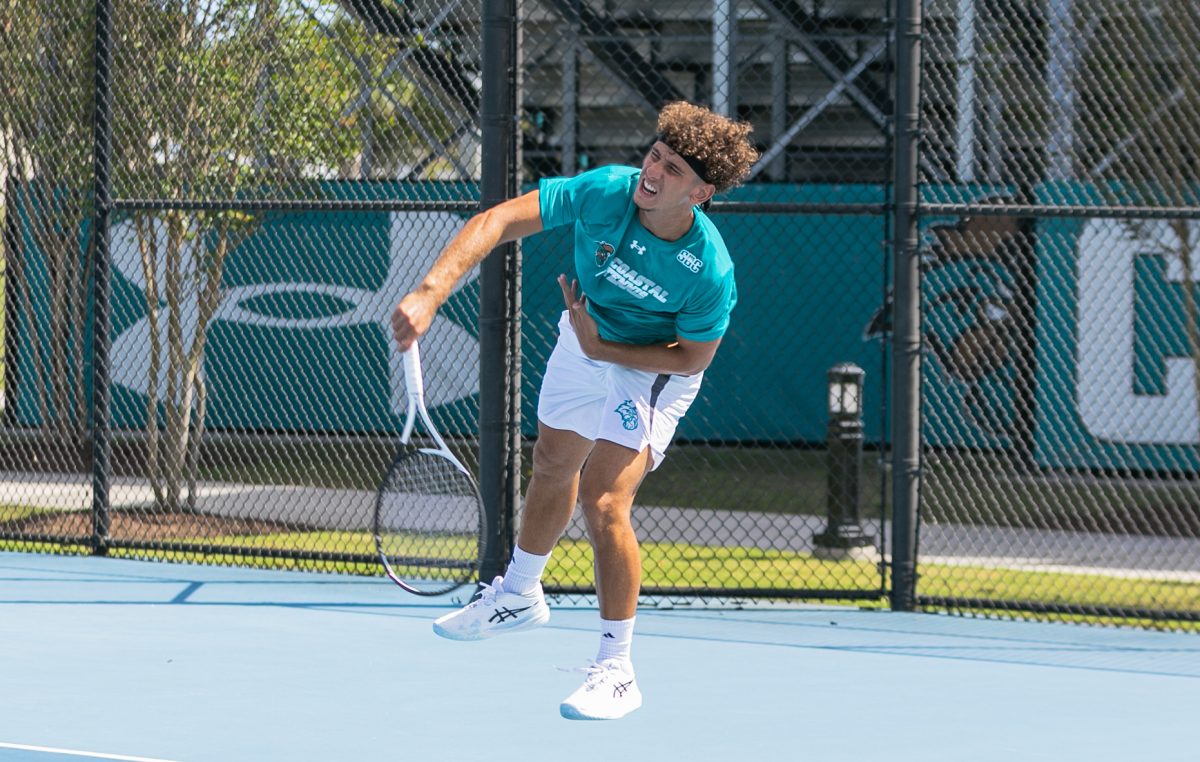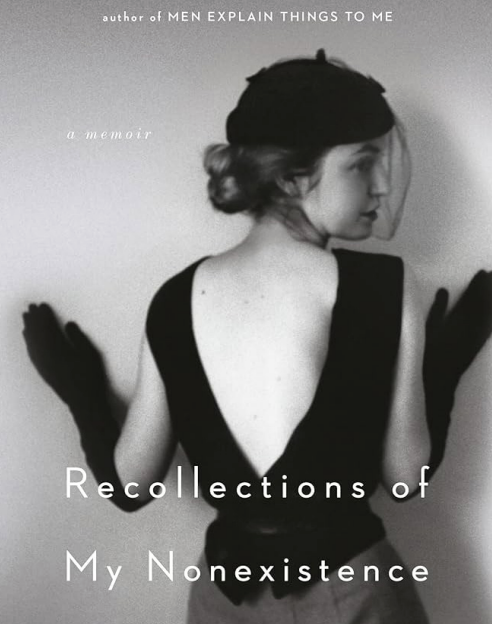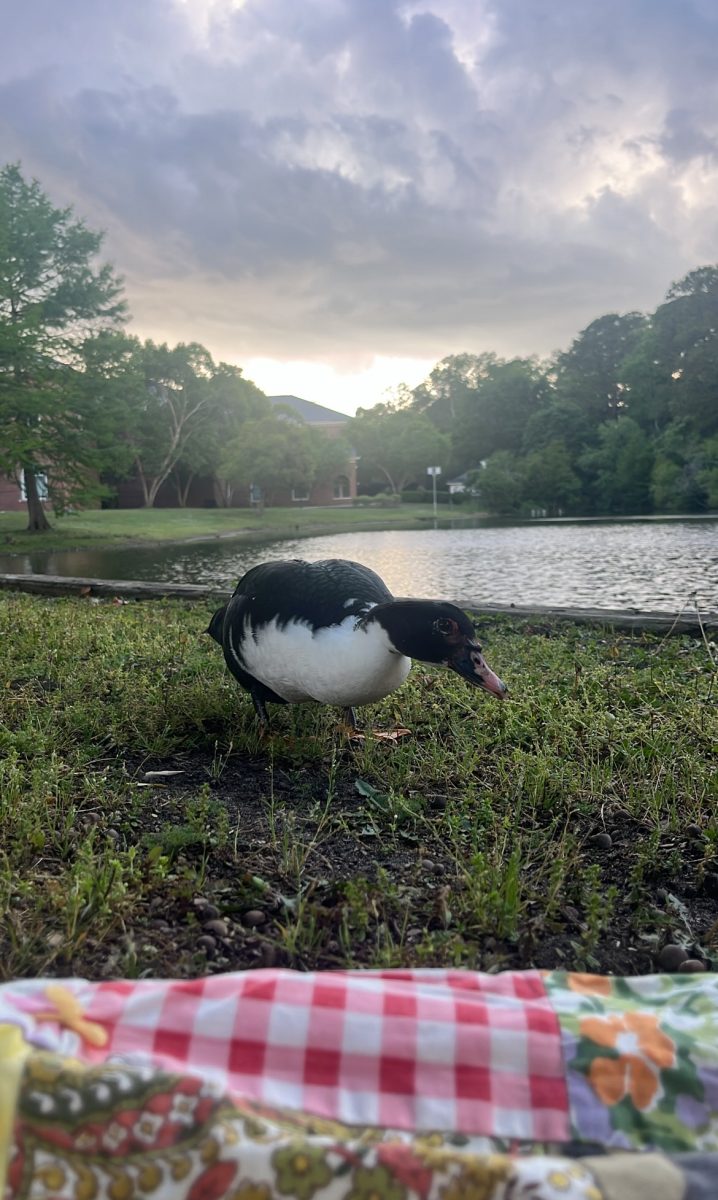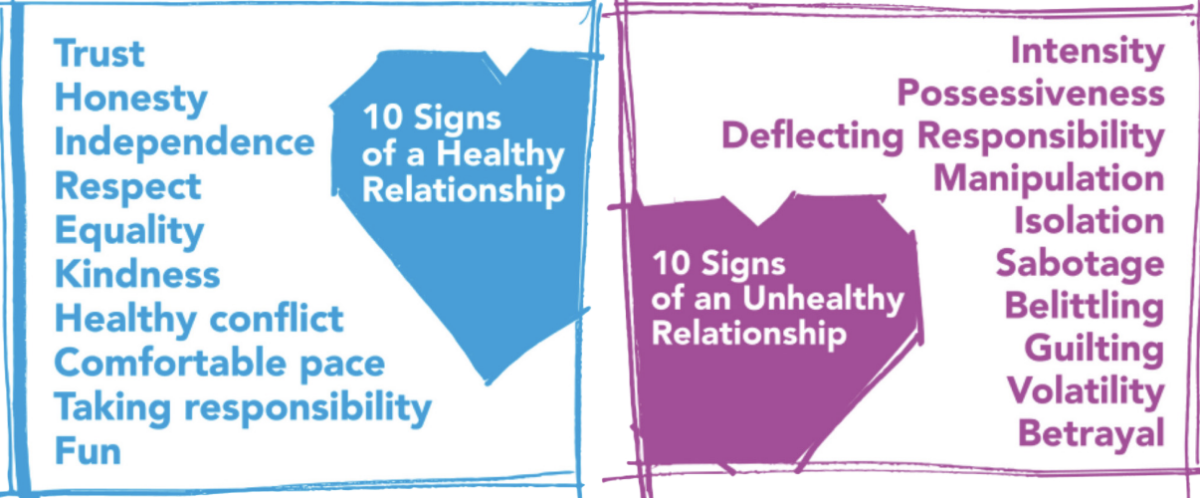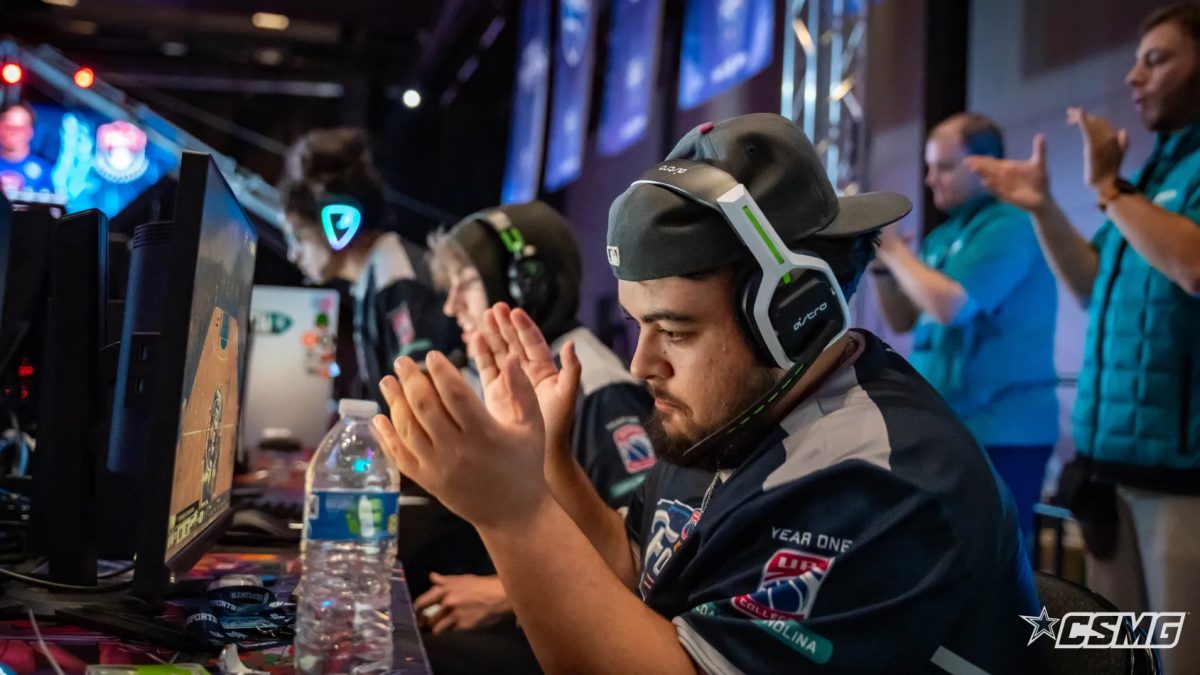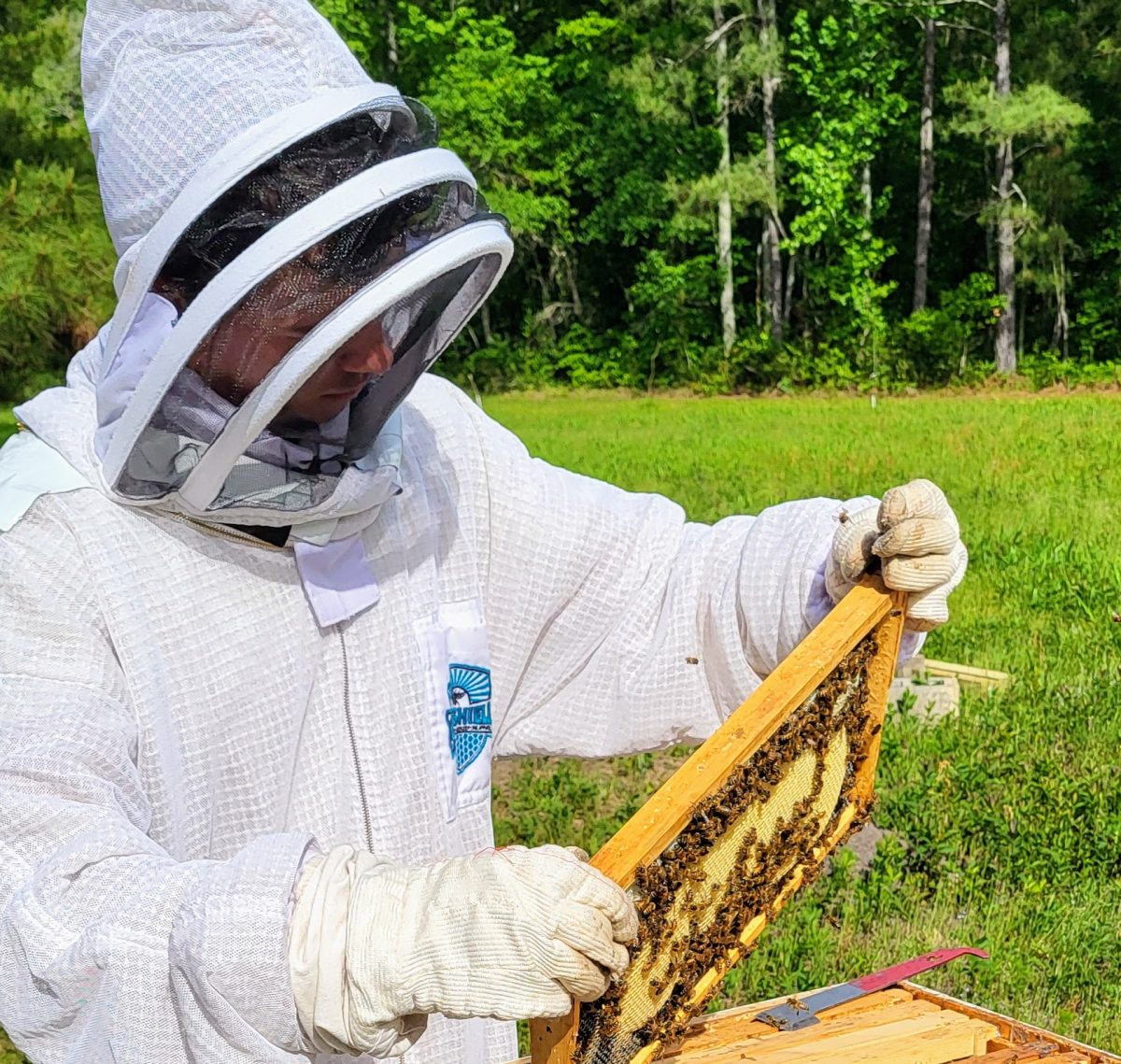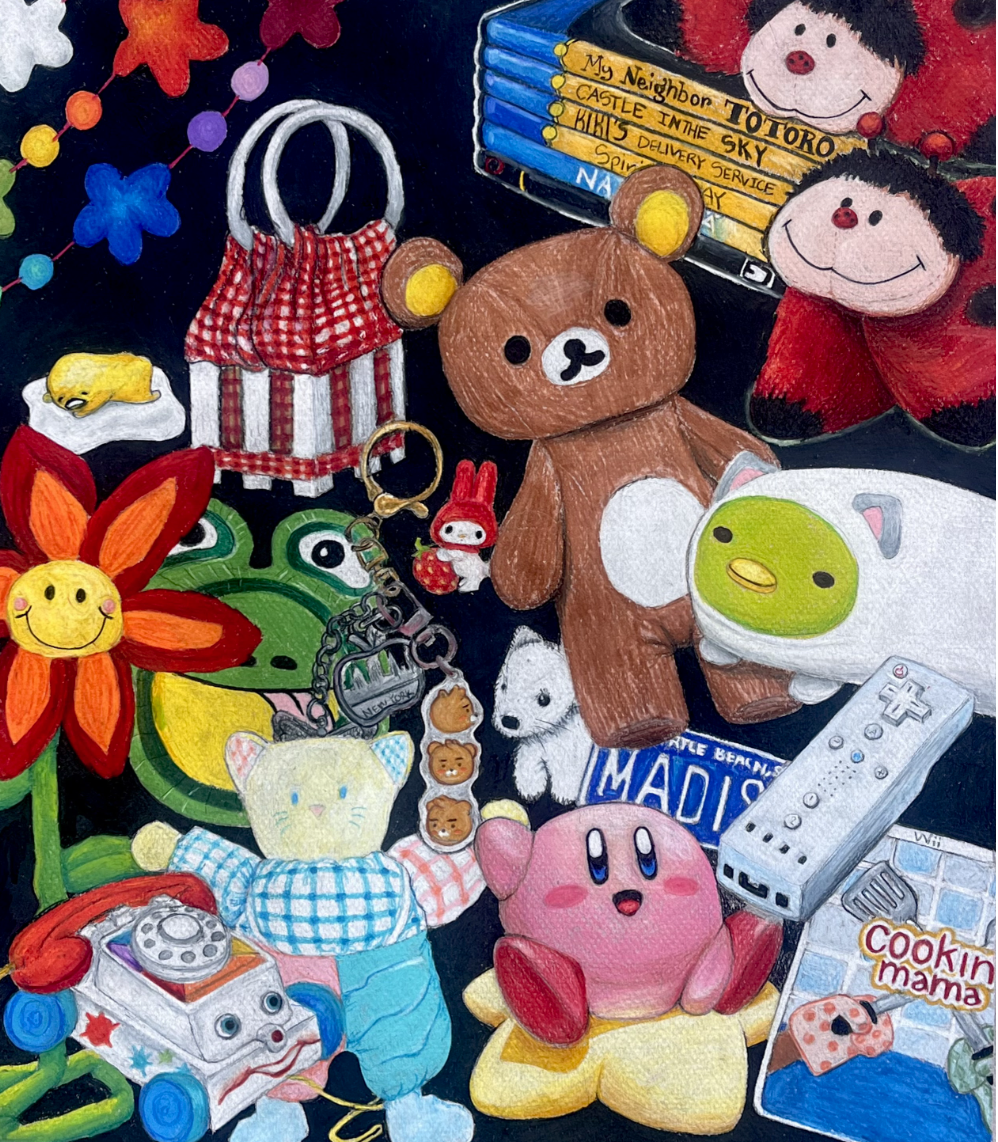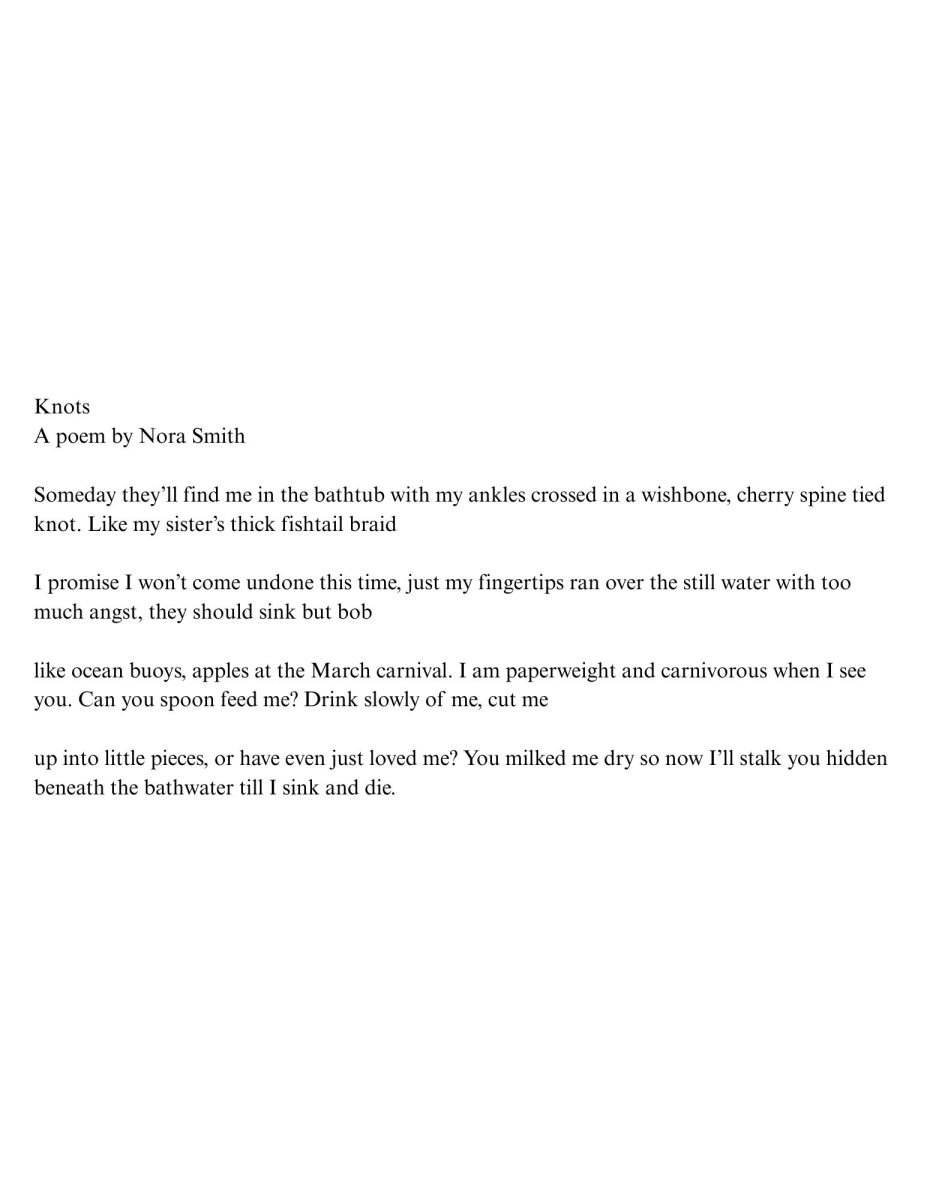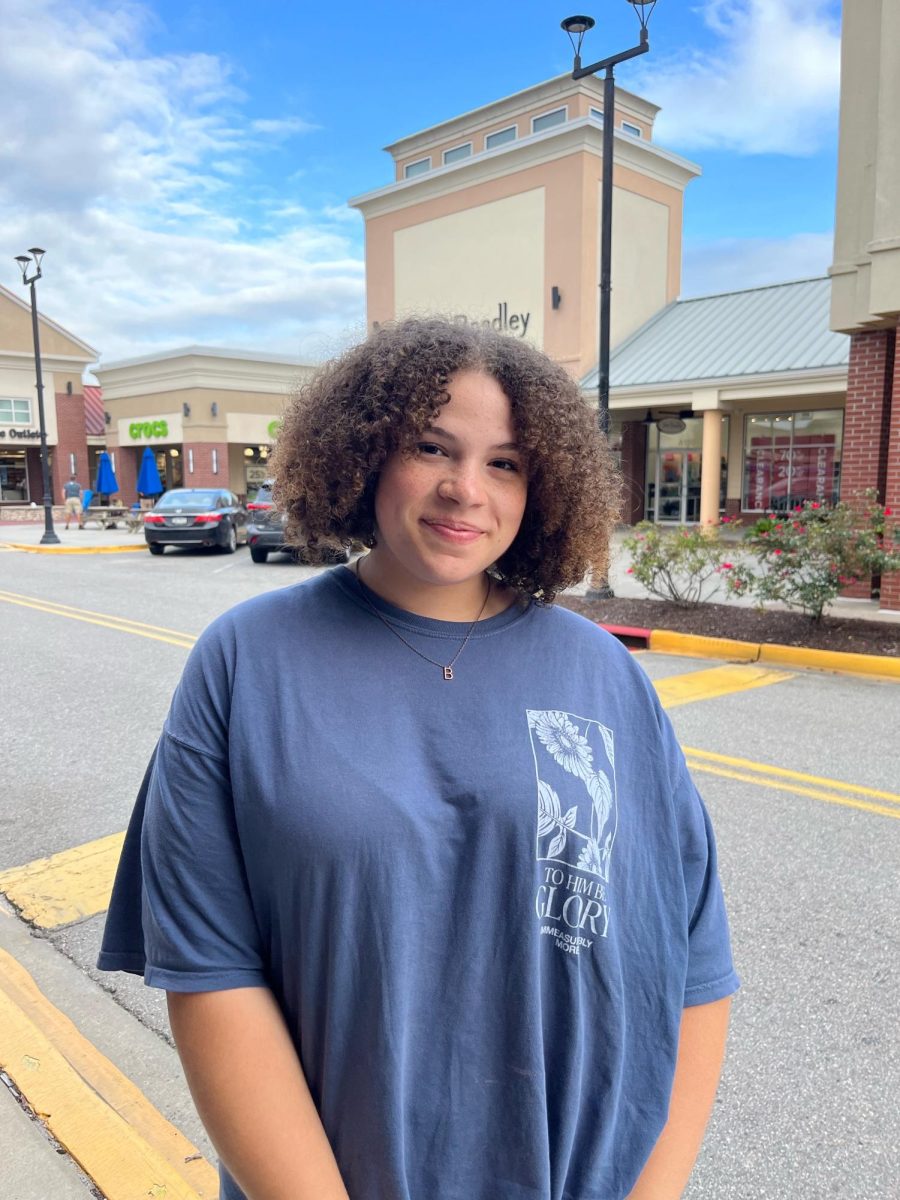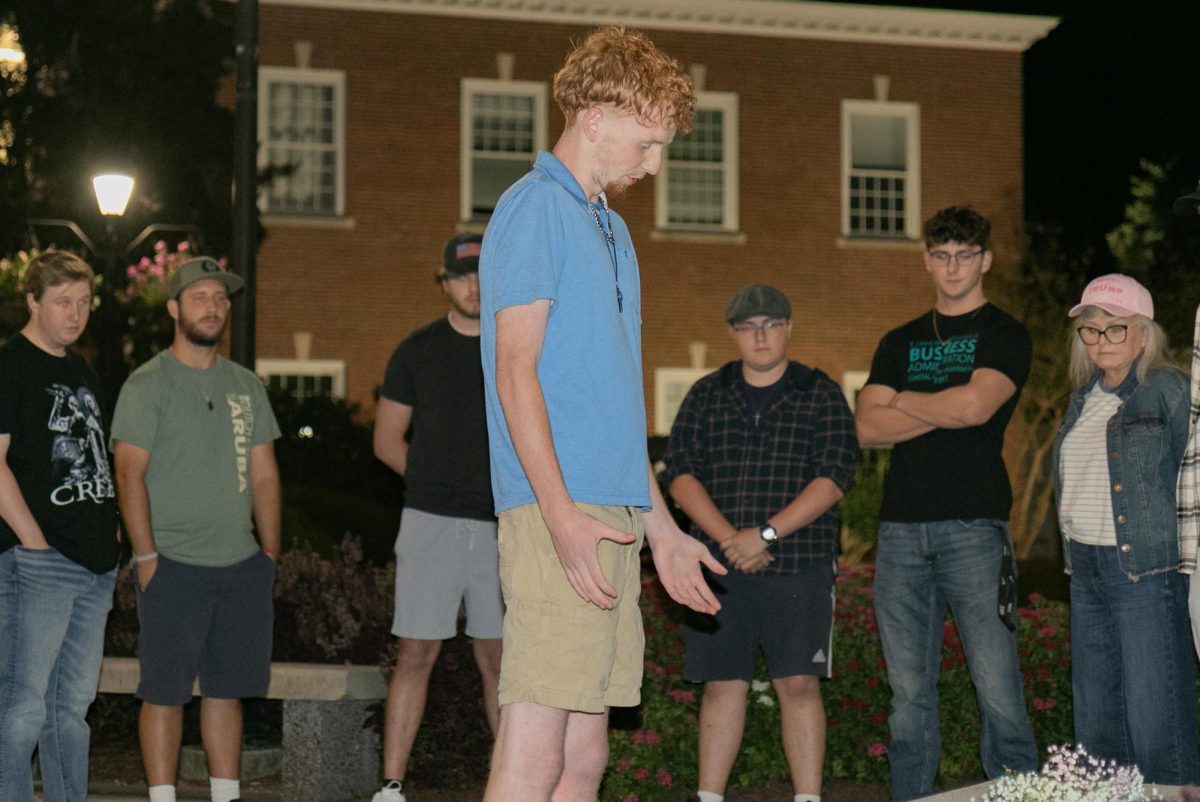American Sign Language (ASL) was junior psychology major Brianna Adams’s first language before learning English.
Growing up in Lancaster, South Carolina, with two deaf parents, Adams’s family taught her the most rudimentary portions of ASL, finger spelling. She learned more technical and accurate signs as she got older.
Soon after, she became fluent.
Between her mother being a stay-at-home mom and bringing her to local deaf communities, ASL was consistently taught and used in her presence.
“You’d be surprised, there’s actually a lot of deaf communities,” she said. “My mom actually took me to a lot of those, so I was always surrounded by deaf people.”
Adams moved in with her grandma later in life and had to adjust to learning English once joining public school. She said transitioning to public school was tough, since many people hadn’t yet had exposure to ASL.
“It was a culture shock when I went to school because I didn’t understand that all people didn’t have deaf parents,” she said, “It was just so normal to me.”
ASL organizes sentences differently than English, as it goes in order by time, topic to comment.
One lesson she learned after learning English was how convenient signing can be over verbally speaking.
“In sign language, you don’t have filler words and you get straight to the point and include any necessary commentary at the end. It’s backwards and broken, but it’s easier to sign that way so you can have a conversation faster,” Adams said.
She said the transition from public school to college was much easier, being that it was so normal to know ASL and it became more of a fun fact about herself.
“Things don’t really surprise me anymore, so I surprise people with that skill,” she said.
Since enrolling at Coastal Carolina University, Adams uses her bilingual gift to teach her friends ASL. She said they are often able to sign to each other and understand a conversation. Additionally, she has been able to translate for her mother and is able to communicate her mother’s needs in social settings through English.
A member of Child of Deaf Adults (CODA), Adams said she highly encourages students to be familiar with ASL, as it can brighten a deaf person’s day to have others understand their needs without a translator or notepad. She recommends using LifePrint.com to learn specific chapters or phrases.





